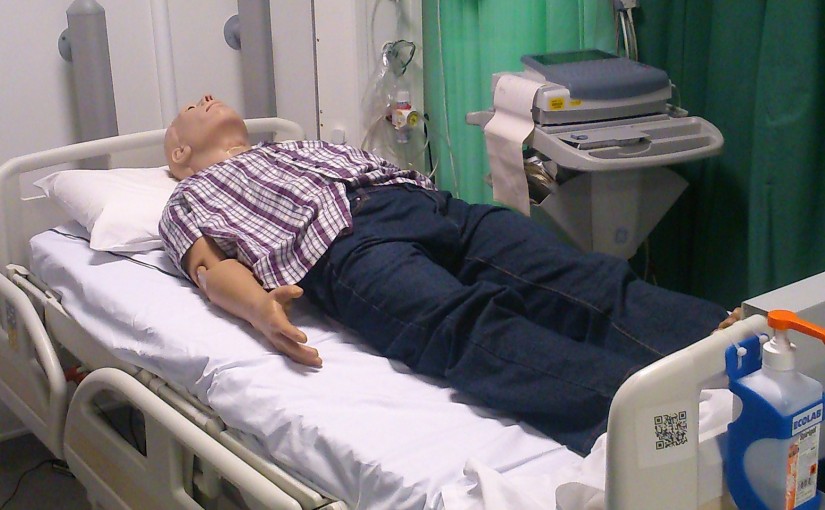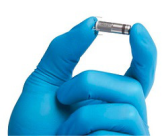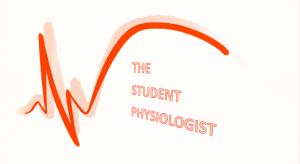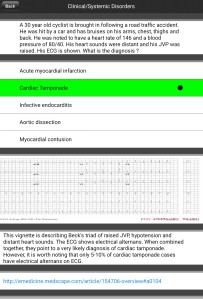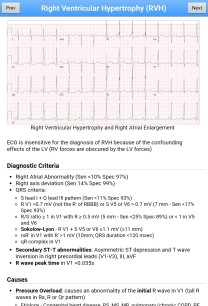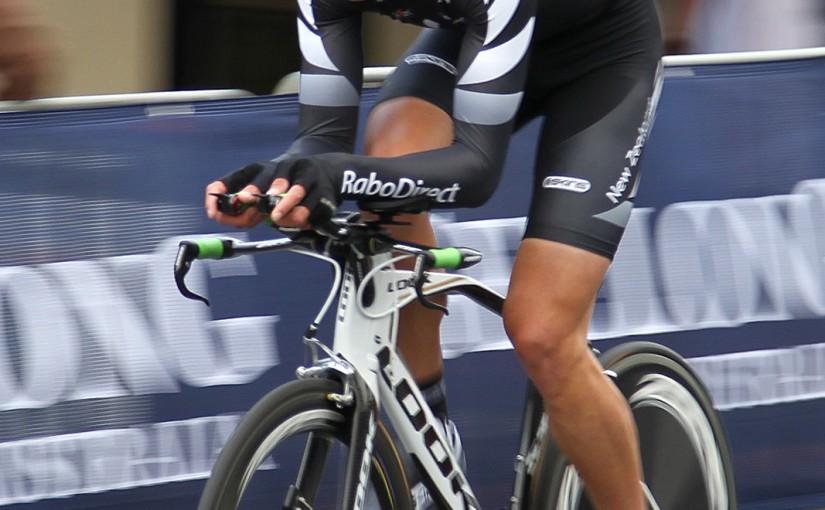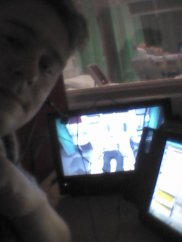As a student cardiac physiologist it has been drilled into our heads from an early stage the importance of correct anatomical electrode placement in obtaining an accurate ECG recording. An ECG measures the electrical activity of a patient’s heart from many different angles, and is achieved by placing 10 sticky electrodes on the patient; four on the limbs and six on the chest. For correct electrode placement we follow the clinical body guidelines set out by the our governing body, the SCST. As specialists within the field, we have a duty to perform these tests in a standardised, methodical manner to produce reliable and accurate diagnostic information, as the ECG is the first port of call when assessing heart abnormality.
Unfortunately, from my experience, and from that of my colleagues, the misplacement of these electrodes has become somewhat commonplace. To the unassuming operator this may seem superficial but incorrect placement of electrodes can alter the ECG patterns displayed simulating or concealing abnormalities, such as myocardial ischemia/infarction.
There is evidence that many health professionals who record ECG’s have not been suitably trained or assessed in the technique: A study by Kings College London into electrode misplacement highlighted that only 50% of nurses and less than 20% of cardiologists correctly place leads V1 and V2 during a standard 12-lead ECG. These numbers are quite shocking and highlight the widespread misunderstanding of this key diagnostic tool.
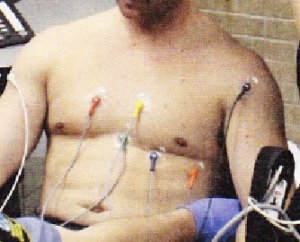
I personally witnessed an example of this whilst on my first week of placement. I was performing an ECG on a patient within the cardiac ward under the supervision of an assistant technical officer who regularly performs ECGs. I correctly located the anatomical landmarks on the patient’s chest and applied the electrodes, as per the official guidelines. At this point, the ATO interrupted me and challenged the placement of my V1+V2 electrodes, stating they were too low. She then took over control of the procedure and removed the electrodes. She began to count the intercostal spaces, beginning from the clavicle. The guidelines state the operator should identify the manubriosternal joint, or angle of Louis, on the patient to locate the second intercostal space as their first anatomical landmark. This subsequently meant her V1 and V2 electrodes were placed too high and my original placement was in fact correct. After the procedure I challenged my colleague about this explaining we were taught to follow the SCST guidelines in our electrode placement. The ATO responded by saying that this was “how they had always done it.” I discussed this with my clinical educator and the issue was later addressed with my colleague.
The consequence of incorrect ECG recording can lead to potentially incorrect diagnoses and inappropriate treatment leading to wasteful use of healthcare resources and even cause harm to patients. Evidence suggests that adequate training of operators reduces ECG recording errors. However as the SCST highlights in their guidelines, the indications there is little awareness in many practitioners of the need for training.
Clearly, the solution to this issue is to increase awareness in health professionals exposed to ECG practice about the importance of correct electrode placement. This could be achieved by increased collaboration between cardiac physiologists and other healthcare professionals. As specialists within the field we have duty to share our expertise and knowledge to ensure our patients receive the best standard of care. As a profession we should be much more active in teaching and increasing awareness of what we do and why it is so important. Relevant staff should be confident in performing ECGs not because of experience, but due to high quality training and continual auditing.
To achieve this I feel our profession needs to embrace this responsibility and be far more active in the support and training of other health professionals.
Khunti, K. (2013) Accurate interpretation of the 12-lead ECG electrode placement: A systematic review. Health education journal . 73 (5) pp. 610-623.
Harrigan, H., Chan, TC., Brady, JW. (2012) Electrocardiographic Electrode Misplacement, Misconnection, and Artifact. The Journal of Emergency Medicine [online]. 43 (6), pp. 1038–1044.
Baxter, S, Blackman, S, Breen, C, Brown, C, Campbell, B, Cox, C, Eldridge, J, Hutchinso, J, Rees, E, Richley, D, Ross, C. Society for Cardiological Science and Technology (2014) Recording a standard 12-lead electrocardiogram. Available from: http://www.scst.org.uk/resources/CAC_SCST_Recording_a_12-lead_ECG_final_version_2014_CS2v2.0.pdf
http://millhillavecommand.blogspot.co.uk/2012_05_01_archive.html




